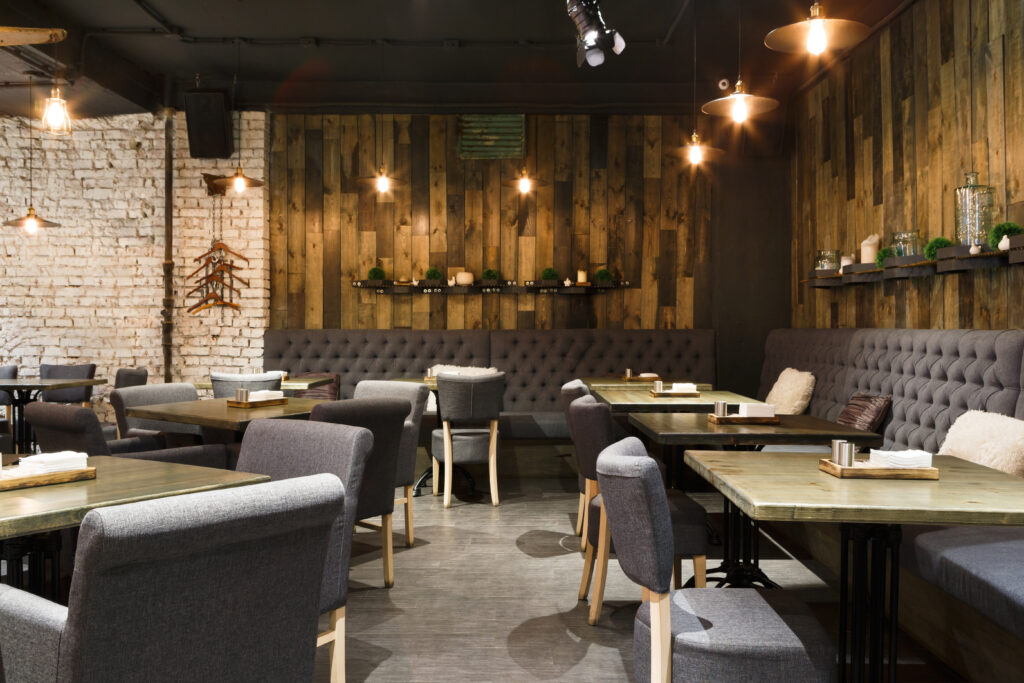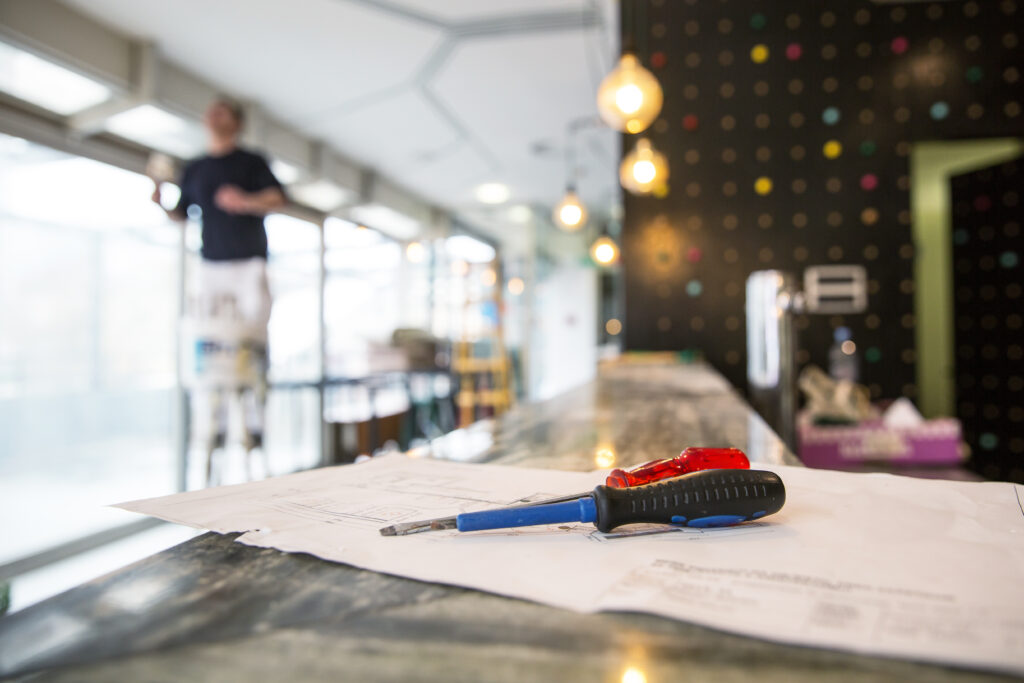
Owning a restaurant is a thrilling journey, but it’s important to understand the challenges of constructing a new restaurant building. The food and beverage industry demands careful planning and execution to ensure the prosperity of your eatery. In this blog, we’ll discuss the necessary steps to build a new restaurant, providing valuable insights to navigate this process successfully.
Concept Development and Market Research
Before you start planning and building, conducting a market analysis will assist you in understanding your target market. Explore demographics, preferences, and spending habits in your chosen location to assess the alignment of your restaurant concept with local clientele.
Budget is equally crucial in the planning process to develop a comprehensive budget covering construction expenses, permits, interior design, kitchen equipment, and initial marketing and staff training costs.
Site Selection
The site selection process requires meticulous consideration, considering factors like foot traffic, proximity to competitors, and accessibility that resonate with your target audience. Collaborating with experienced architects and interior designers is a key aspect of creating a concept that meets operational needs and represents your restaurant’s brand identity.
Permits and Approvals
The construction process is contingent upon navigating the complexities of permits and clearances. An essential measure in ensuring that your restaurant adheres to local legislation, land use restrictions, and safety regulations is the acquisition of the necessary zoning and building licenses.
Health department permits are equally crucial, requiring strict adherence to regulations, including food safety standards and sanitation requirements. If your establishment plans to serve alcohol, you must follow the intricate process of applying for required liquor licenses, which may involve background checks and public hearings.
Site Preparation
With permits in place, it’s time to prepare the construction site. As part of the grading and clearing process, obstacles are removed from the site, and the land is graded for proper drainage, which prevents flooding and ensures a stable foundation. Coordination with utility companies is necessary to ensure that water, sewer, gas, and electrical connections are ready. Utility setup is important to help maintain the construction schedule and avoid delays.
Structural Construction and HVAC
This phase involves the actual construction of the building. A quality frame is key to creating your restaurant’s structural framework, including its walls, roof, and floor. Using a commercial construction team experienced in restaurant construction can help you achieve your desired vision.
After the exterior framing and structural work, plumbing, electrical systems, heating, ventilation, and air conditioning (HVAC) are installed. Depending on the type of restaurant, these needs may vary. For example, restaurants with wine-tasting rooms or storage will require temperature and or zone control. In contrast, a fast food establishment may need more venting.
Following electrical and HVAC is developing the interior spaces by constructing internal walls, installing insulation, and applying finishes such as drywall, paint, and flooring is another crucial step in this phase, as these elements contribute to the aesthetics and ambiance of your establishment.

Kitchen Setup and Equipment Installation
The heart of any restaurant is its kitchen, which requires special attention. Implement the kitchen according to your pre-determined design and layout, ensuring it’s organized for efficient food preparation, safety, and smooth workflow. An experienced restaurant construction team can help properly install commercial kitchen equipment, including stoves, ovens, refrigerators, sinks, and specialized appliances tailored to your culinary needs.
Interior Design and Decor
Design your restaurant’s interior to create a welcoming and visually pleasing atmosphere. Thoughtfully select and arrange furniture, decor, lighting, and other interior elements that align with your restaurant’s theme and overall ambiance. Consider incorporating custom fixtures, artwork, and signage to infuse a unique personality into your restaurant, setting it apart in the competitive market.
Safety and Compliance
Ensuring your restaurant adheres to all health and safety regulations is critical and required. Implement fire safety measures, including smoke detectors, fire extinguishers, and emergency exit signage to safeguard your staff and patrons. Create an inclusive environment with facilities that adhere to accessibility standards, including ramps and restrooms for people with disabilities. Strictly adhere to food safety regulations to maintain the quality and safety of the food you serve and prevent potential health hazards.
Pre-Opening Inspections
Before opening, you must schedule inspections with local authorities to confirm that your restaurant meets all safety and health requirements. This phase provides peace of mind and ensures a seamless transition into full operations.
Soft Opening and Marketing
Before the grand opening, consider hosting a soft opening. Doig so allows you to test your restaurant’s operations on a smaller scale by inviting a select group of patrons, identifying any operational issues, and receiving valuable feedback. Simultaneously, launch your marketing efforts to generate anticipation and attract potential customers. This could include social media promotion, local advertising, and engagement with the community.
Grand Opening
After successful soft openings, plan a grand opening event. Organize an exciting launch event to attract a larger audience and create a buzz in the local community. Consider activities like ribbon-cutting ceremonies, live music, and special promotions to entice patrons to visit.
Constructing a new restaurant building is a comprehensive process that involves various elements like design, permits, construction, interior design, and numerous other details. With the restaurant industry’s high competition, meticulous planning and execution at each step are crucial for your restaurant’s success. The Division 9 Commercial Construction team can help create your dream restaurant. Contact us today to learn more.
